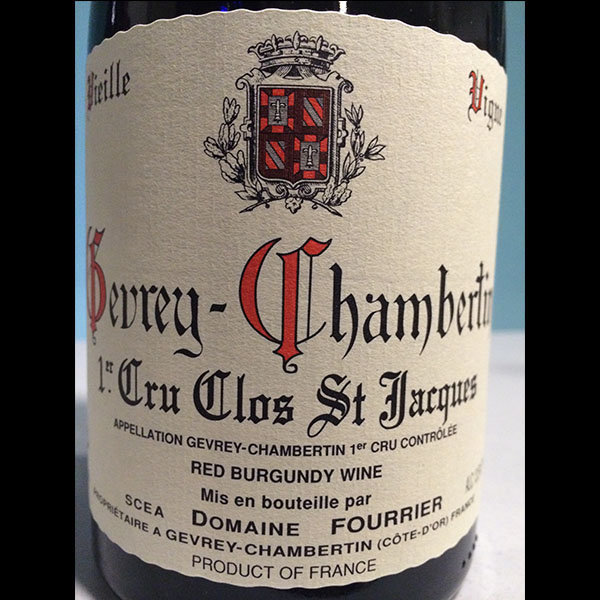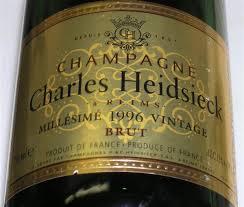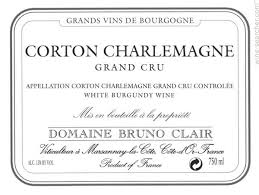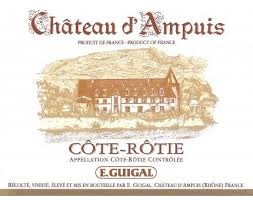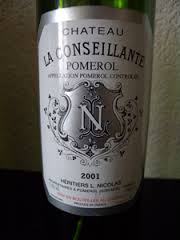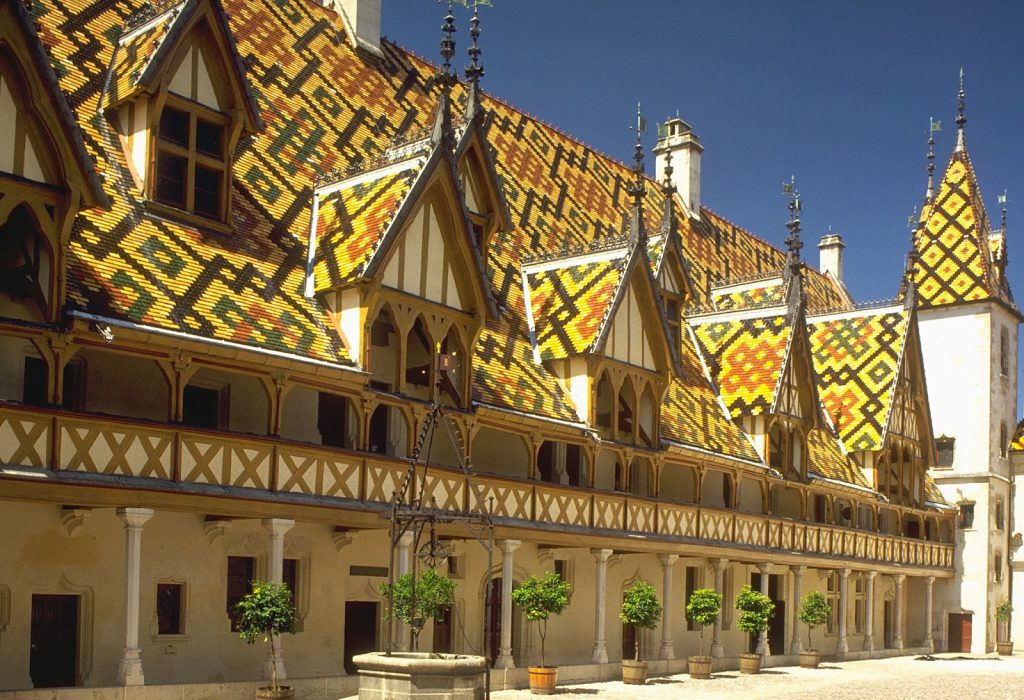
Les Hospices de Beaune
My heart may be in Bordeaux, but I am also a great fan of Burgundy and spend a week of intense tasting there every year. This also enables me to come back home with many wines that I could not buy otherwise. Fine Burgundy also has the advantage of being much more open when young than Bordeaux of a similar category.
Upon arriving in Burgundy on the 13th of January, my friend Ian Westcott welcomed me with a dish of fresh pasta and wild mushrooms accompanied by two wines: a 2015 Chablis Premier Cru Fourchame from Roland Laventureux and a 2010 Charmes Chambertin from Hubert Lignier. The former had all the hallmarks of traditional Chablis with some added richness, but I cannot say that the earth moved. The red wine was a different story. It was deeply-colored with beautiful subtle aromatics and a great deal of authority on the palate – a lovely virile wine with the structure I often find missing in Burgundy.
-
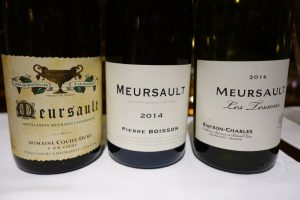
-
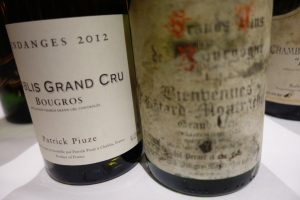
-
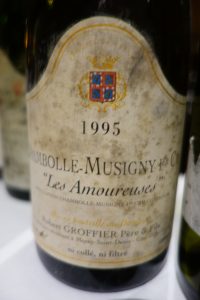
-
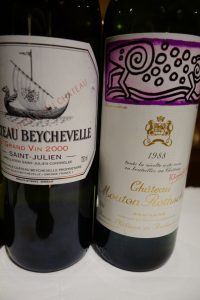
The next day, Sunday, I shared lunch with friends from Australia and the UK along with two winegrowers (Patrick Essa of Domaine Buisson Charles in Merursault and Jean-Marc Pillot of the eponymous estate in Chassagne-Montrachet) and their wives at the Hostellerie de Bourgogne in Verdun-sur-le-Doubs in the Saône-et-Loire department, about a half hour drive from Beaune. This proved to be a Pantagruelian feast with things like a whole black truffle in puff pastry and lièvre à la royale. Delicious! We enjoyed 1996 Guy Charlemagne “Mesnillésime” Champagne as an aperitif, then 3 village wines from Meursault from the 2014 vintage. The latter brought forth much discussion. The consensus seemed to be in favour of the Pierre Boisson, followed by Buisson Charles, and then Coche Dury. We also had a 2012 Chablis grand cru Bougros and a very old Paul Pernot Bienvenues-Bâtard-Montrachet. Not to worry, there were red wines as well, including 1995 Groffier Les Amoureuses as well as some superb Bordeaux donated by Ian Amstad: 2000 Château Beychevelle and a 1988 Mouton Rothschild, both of which showed well in “enemy territory”. In fact, Jean-Marc Pillot guessed the Beychevelle blind!
The following is an overview of my experiences visiting estates. It is very long, so perhaps I can be forgiven for not posting full notes for every individual wine…
Our visits to domaines (arranged by importer Ian Westcott from Melbourne, without whom none of this would have been possible) started with Domaine Amiot-Servelle in Chambole-Musigny, where we tasted through wines from the 2015 vintage with Prune Amiot: the village wine, premiers crus Les Charmes and Les Amoureuses, and grands crus Charmes Chambertin (from the Mazoyères part) and Clos Saint Denis. The house style is classic – elegant wines of great precision with good ageing potential and not too much extraction or oak. I quite liked them and came away with a bottle of the Clos Saint-Denis, a wine I have not often encountered.
Lunch was at a new restaurant in the center of Nuits, Le Café de Paris. This was started by the owners of La Cabotte in the same town. It is a very different place, but ideal for people who want just one dish and relatively quick service at a very reasonable price. Since the restaurant is small, I suggest booking ahead.
-

-
Bertrand Dugat
-
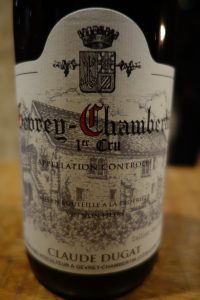
-
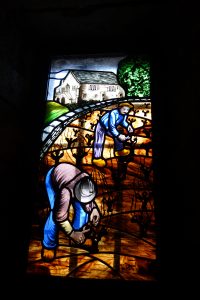
-
Stained glass chez Claude Dugat
-
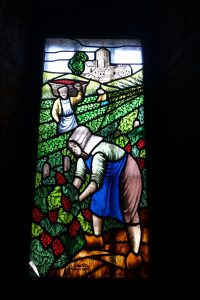
-
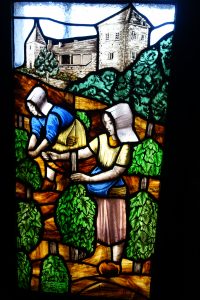
Suitably fortified, we went to Domaine Claude Dugat, next door to Rousseau on the little square next to the church in Gevrey-Chambertin built of amazing pink-colored stone. Bertrand and his siblings have recently taken over from their famous father Claude and the challenge obviously weighs heavy on Bertrand. He made a mistake in with treating, or rather not treating, part of the vineyard, tended organically, and lost a goodly bit of the crop. He was embarrassed by what happened and is determined to do better (one wonders why he told us this…). We tasted through the Domaine’s 2016s: village, premier cru Lavaux-Saint-Jacques, and grands crus Charmes-Chambertin, Chappelle Chambertin, and Griotte-Chambertin. These wines lived up to the domaine’s excellent reputation: deep, structured, serious, on the big side, and with grip. I was happy to discover them.
-
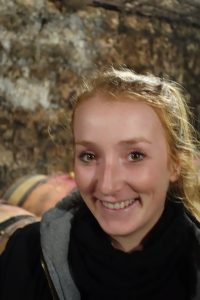
-
Alix Millot
-

The last visit of the day was to Domaine Jean-Marc Millot in Nuits-Saint-Georges (8 hectares), where we were welcomed by young Alix Millot, the second woman winemaker of the day, along with Prune Amiot, to have done an internship in New Zealand. The Millot cellars are in a part of Nuits where you would least expect it, and were once the premises of a négociant. We tasted thorugh a series of 2016s: Côtes de Nuits village and grands crus Les Echézeaux, Clos de Vougeot, and Grands-Echézeaux. The style was pure and fruity and the Clos de Vougeot was one of the best wines I tasted all week (lovely violet nuances). We also had a look at the 2017 premier cru Vosne-Romanée Les Suchots, but I’m not very clued in to tasting such young Burgundy, so I mostly listened to others comment on it. Alix shows that the future of winemaking in the Côte d’Or is in excellent hands.
Several of us dined at Auprès du Rocher in Pommard that evening. This has a fine reputation, but that evening the cuisine was just good rather than very good or superb. The wines, however, were a different story. We had two 2013 village Meursault wines from Bernard Boisson-Vadot (Les Grands Charrons and les Chevalières) that we quite enjoyed, even though the 2008 Pommard-Rugiens from Thierry Vilot-Guillmard did not light our fire.
-
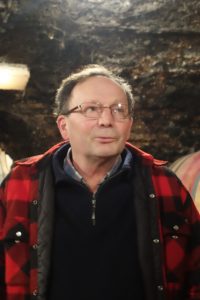
-
Bruno Clair
-
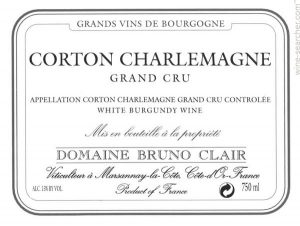
-
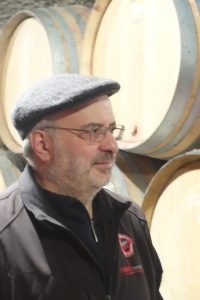
-
Philippe Brun
-
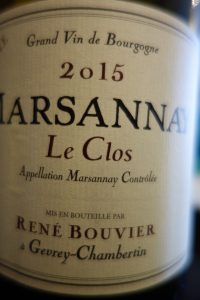
-
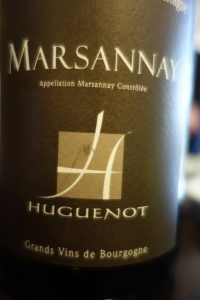
Our next day stared out with a visit to Domaine Bruno Clair. I have followed this domaine for years and have known winemaker Philippe Brun since his Napa Valley days, some years ago. We tasted through a vast array of 2016s, and I was particularly impressed with the Marsannay Longeroies, the Savigny-lès-Beaune premier cru La Dominode, and the whole range of wines from Gevrey-Chambertin, especially Clos Saint Jacques, Les Cazetiers, and Clos de Bèze. We ended with a delicious Corton-Charlemagne as an apéritif before going to lunch with Bruno Clair and Philippe at La Table du Rocher in Marsannay, which features a very odd decor with a story behind it… Anyway, I can recommend this restaurant, which features very good food at reasonable prices. While there, we drank a white Marsannay, 2015 Le Clos from René Bouvier, and a red 2012 Marsannay from Huguenot. I was particularly impressed with the former (apparently Bouvier is recognized as a fine producer), but not so by the latter.
The afternoon visit was to Domaine Bruno Clavelier in Vosne-Romanée. The owner is amazing in that he perpetually smiles, especially as he goes into detailed explanations of geology, helped by an impressive cluster of stones spread over the tasting table. If you never believed in terroir before, you would be utterly convinced after about 15 minutes with Bruno Clavelier! As with most growers, we sampled his 2016s, starting with Les Hauts-de-Beauxmonts, La Combe-Brûlée, and Hautes-Maizières, all village wines from Vosne-Romanée.
We then went on to his premiers crus (Les Corbeaux from Gevrey Chambertin, Aux Brulées and Les Beaux-Monts in Vosne, Les Noirots and La Combe d’Orveau in Chambole, and Aux Cras in Nuits), finishing with grand cru Corton Le Rognet. What can I say except that these showed class, great winemaking, and a wide spread of profiles depending on their… terroir.
We also tasted two older wines: 2015 La Montagne and 2015 Les Beaumonts from Vosne and a 2011 Combe d’Orveau from Gevrey, which I am at ease admitting that I drank rather than just tasted, or as the Bourguignons say “craché à l’intérieur”.
Our third day began at Domaine Comte de Vogüé in Chambolle-Musigny. I was really psyched to visit this famous producer for the first time. The cellars radiate a sense of place and tradition. We were warmly received by François Millet who is not only a great winemaker, but also very skilled at explaining, including the use of unusual analogies and a dash of humor. The wines are timeless Burgundies that make no concession to trends. They are dense and need to age. I am not surprised that they are not necessarily the darlings of people who want flashy or easy-going wines. They are made to last. This is evident from the first taste of the 2016 Chambolle-Musigny village. The domaine suffered greatly from hail in that year, losing some 70% of the crop, a story we were unfortunately to hear all up and down the Côte. We went on to taste three other 2016s: Les Amoureuses, Bonnes Mares, and Le Musigny. The character of each climat certainly comes through, and the overall style reminds me – in a very good way – of the sorts of Burgundies I drank when I was young. Very classic and uncompromising. My notes include such adjectives as “well-muscled” “mouthfilling”, and “velvety”, among a host of others. It was a real treat to taste them and to benefit from Monsieur Millet’s insight.
We did not taste the extremely rare white Musigny. The domaine sold the wine as AOC Bourgogne for years because they felt that the vines needed to age to be worthy of their grand cru appellation. This has been the case starting with the 2015 vintage.
Lunch was at La Part des Anges in Beaune. We enjoyed a good meal there and the wine list is also worthwhile.
-

-
Valentin Jobard
-
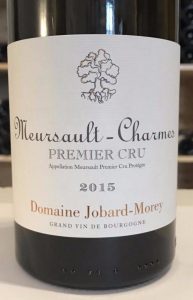
Afterward, we went to see a young winemaker, Valentin Jobard, at Domaine Jobard-Morey in Meursault, where we had a look at two village wines from Meursault, 2016 Les Tillets and Les Narvaux, as well as the premier cru Les Charmes from the same year. I quite liked the wines and bought some, since I was especially taken with the Charmes. I also picked up some light and feminine 2015 Meursault rouge, since it was a rarity I had never seen before. I feel unqualified to comment on the 2017s I tasted, as I need more experience with such young Burgundy. Valentin has also encountered commercial success with his Coteaux Bourguignons rouge, a fruity, thirst-quenching wine sold at a very attractive price.
-

-
JM Pillot (left) with Patrick Essa (Domaine Buisson-Charles)
-
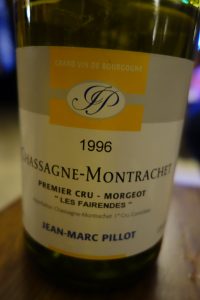
The evening ended with a marathon tasting (not far from 20 wines) at the cellars of Jean-Marc Pillot in Chassagne-Montrachet. I will not reproduce my notes, but will summarize by saying that Jean-Marc’s Chassagnes (red and white) are reasonably priced and very good indeed. He was the former head of the winegrower’s association there and strongly believes in preserving the appellation’s red wine production (on the appropriate terroirs) even if growers can make more money by producing only white. His own reds are top-notch, and he agreed to sell me 6 bottles of his premier cru Clos Saint Jean. We were invited to dinner at Jean-Marc’s house along with his Portuguese cork suppliers and enjoyed a wonderful evening.
-
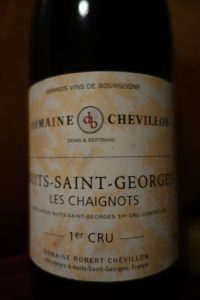
-
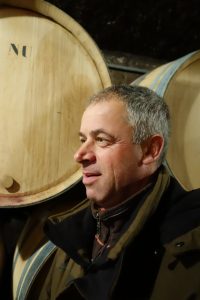
-
Bertrand Chevillon
The fourth day started out at Domaine Chevillon in Nuits Saint-Georges where, like so many others, they had been very badly hit by frost in 2016. However, this happily did not detract from the quality of the wines. We were looked after by Bertand Chevillon. I have visited the domaine several times, but I cannot remember ever appreciating his wines as much as his 2016s: from a superb village wine to his premiers crus: Les Chaignots, Les Bousselots, Les Roncières, Les Perrières, Les Pruliers, Les Cailles, Les Vaucrains, and Les Saint-Georges. The last three were just great. Chevillon is simply one of my favorite growers, especially in terms of value for money. Every time I go there, I ask Bertrand how the process to upgrade Les Saint-Georges to grand cru status is going. As in the past, he shrugs and says that it is more or less in the hands of the gods – and the French civil service – and that the whole thing is absurdly complex.
-

-
Frédéric Mugnier
-
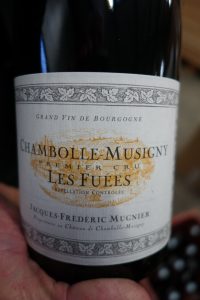
The second and last visit of the day was to Domaine Mugnier in Chambolle. Freddy Mugnier is a philosopher winemaker, who always seems very thoughtful and a tad melancholic. He also makes wines that the whole world beats a path to his door to buy… We tasted his usual range from 2016, all from Chambolle, except for the last: a fine village wine, a vivacious Les Fuées, a sweet sensual Bonnes Mares, a sophisticated Les Amoureuses, (in a style so different from de Vogüé’s!), a seamless Bonne Mares, and a Clos de La Maréchale from Nuits, rich and full of black fruit. We ended the tasting with a 2015 village Chambolle, a 2015 Clos de la Maréchale, and a 2015 Clos de la Maréchale blanc. It helps that the Nuits is so good, because it is the only one I can afford!
-
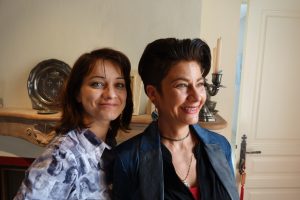
-
Nathalie (left) and Nicole (right) Lamarche
-
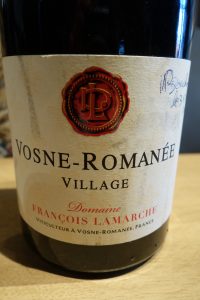
-
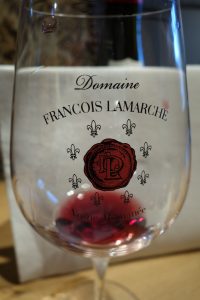
Our final day began with a visit to Domaine Lamarche in Vosne-Romanée. I have followed them for several years and see the extent to which winemaker Nicole Lamarche has blossomed and become confident. We were poured a series of 2016s: Hautes Côtes de Nuits, Vosne village, Vosne premiers crus Les Chaumes, Les Malconsorts, and Les Suchots, Nuits premier cru Les Cras, and two grands crus, Clos de Vougeot and La Grande Rue. The latter is a “monopole”, or exclusivity.
They say that the mark of a good taster is to objectively evaluate wine irrespective of one’s personal preferences. I think all of Nicole’s wines are impeccable: well-made and very Burgundian. However, I think you have to be a Burgundy fanatic to appreciate them fully because they are on the pale, pure, and light-bodied side – a style that clashes with what I usually seek (except for the pure part!).
Nicole did not barrel-age her 2016s, which is quite unusual and, apparently, somewhat controversial.
We got to talking about the meaning of the word “climat” in Burgundy and I asked a question about the one bordering on La Grande Rue: Les Gaudichots. Is La Tâche part of the Les Gaudichots climat? This developed into a “How many angels can you fit on the head of a pin?” discussion that went somewhat over my head. But Nicole was thankful for the question and went on to say that Domaine Lamarche had in fact traded some land in Echézeaux with the Domaine de la Romanée-Conti for a slice of La Tâche in 1959. This had been incorporated into La Grande Rue, but Nicole decided to make a tiny cuvée from that itsy-bitsy part of the vineyard that had previously been La Tâche. You can tell by the numbers 1959 (the year of the acquisition) on labels of La Grande Rue. She was kind enough to pour us a taste of this rare wine, which Nicole calls “La Tâche vue par moi”. It is the only one of her wines for which she uses unstemmed bunches (50%). I also felt it was her best.
The next-to-last visit was Domaine Duroché in Gevrey Chambertin. I had bought some of their village wine at the Caveau Municipal (chez Rateau) in Chassagne-Montrachet on the strong recommendation of the staff, so was anxious to try the wines. We tasted mostly 2017s here, but the quality was clear, even as young as they were: village Gevrey, premier cru Lavaux Saint Jacques, and Clos de Bèze. We also tried a 2016 Gevrey village Les Jeunes Rois and a 2015 Gevrey Village, and finished with a mystery wine, that turned out to be a 1981 Lavaux Saint Jacques. Young Pierre Duroché is the fifth generation of his family to make wine at the domaine, and he does very good work. His is a wine to follow, if you can find any!
The final visit was to Domaine Dublère in Savigny-lès-Beaune, owned by American Blair Pethel. Once again, the domaine was badly hit in 2016.
-
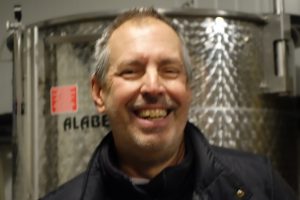
-
Blair Pethel
-
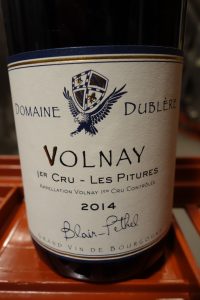
We tasted through a series of wines from that vintage: Chorey-lès-Beaune Les Maladerottes (one of the better wines I’ve had from that AOC), Beaune premier cru En Orme, Volnay premiers crus Les Pitures and Taillepieds, Morey Saint-Denis premier Les Blanchards, Nuits premier Aux Bousselots. The level was very good.
The whites were Savigny premier cru Aux Vergeleesses, Chassagne premier Les Chaumées, and a tiny amount of Chassagne premier cru he will label “La Cuvée de la Gelée Noire” because of the disastrous frost. We finished with a very classy Corton Charlemagne.
My last night in Burgundy was another extravaganza repast at the Hostellerie Bourguignonne. We started off with the 2012 Louis Picamelot “Cuvée Jean-Baptiste Chautard” crémant de Bourgogne. This was slightly oxidized, but no more than a good Champagne can be. We went on to drink a 2015 Bourgogne Blanc Coche Dury, a 2012 Meursault Grands Charrons from Boisson-Vadot (we had had the 2013 earlier in the week), a 2001 Léoville Barton, a 2013 Racine du Temps Gevrey Chambertin from René Bouvier (his Marsannay is mentioned above), and a Gevrey Chambertin premier cru “Les Corbeaux” from Lucien Boillot.
I slept soundly and am looking forward to another trip to Burgundy next year.
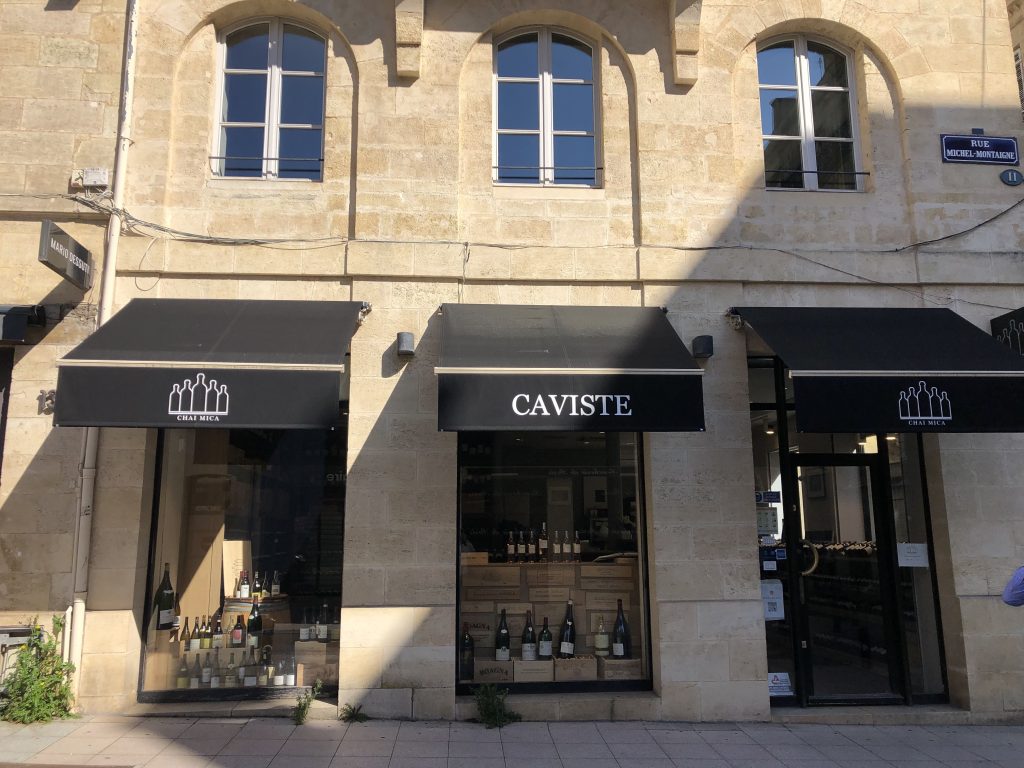

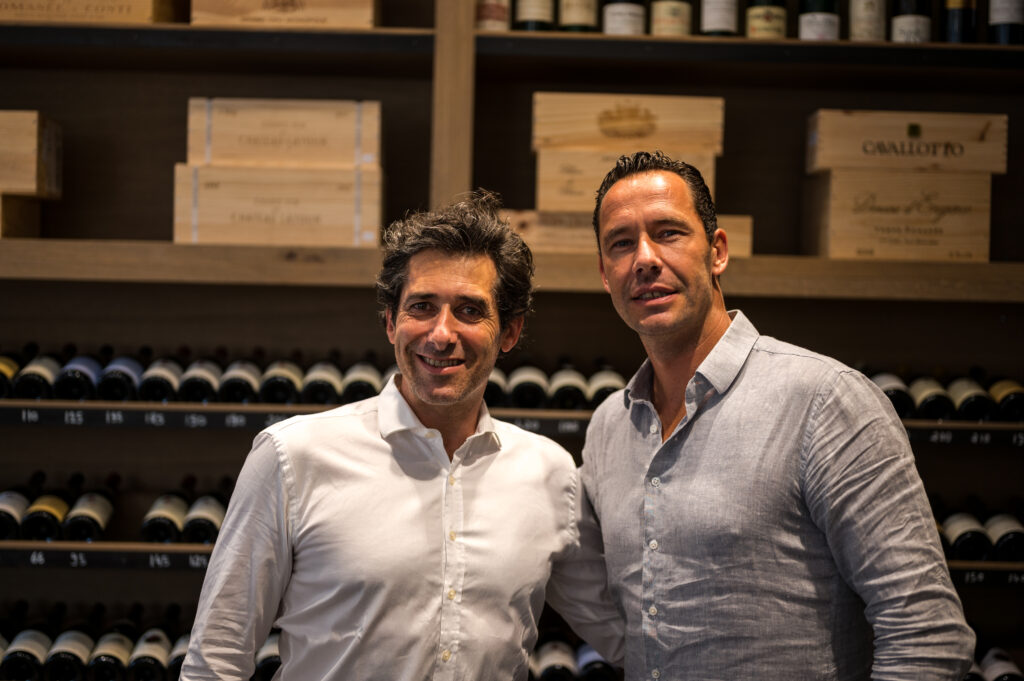
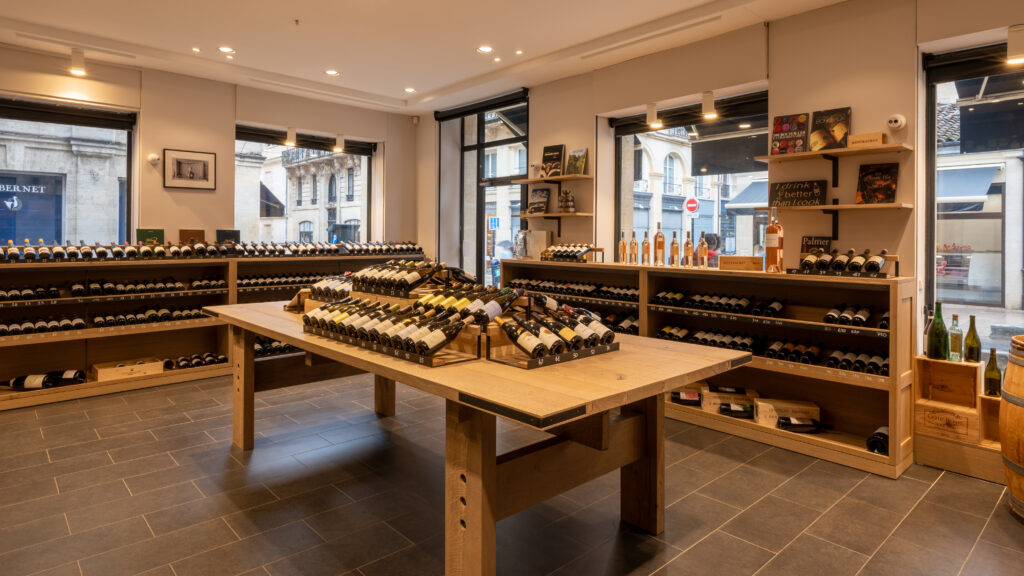
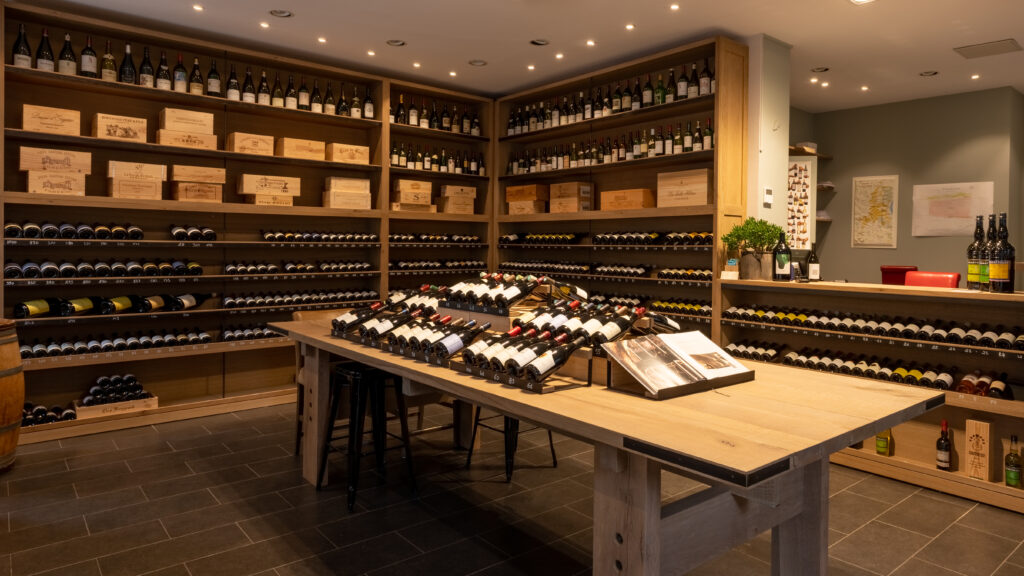
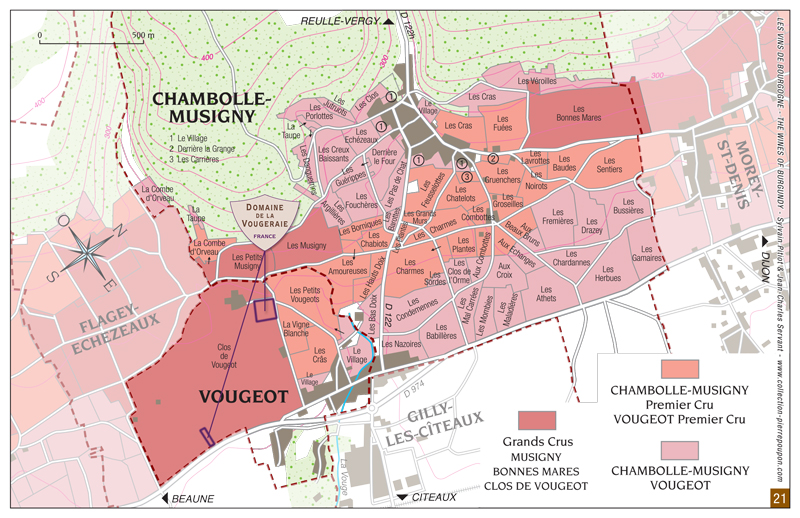
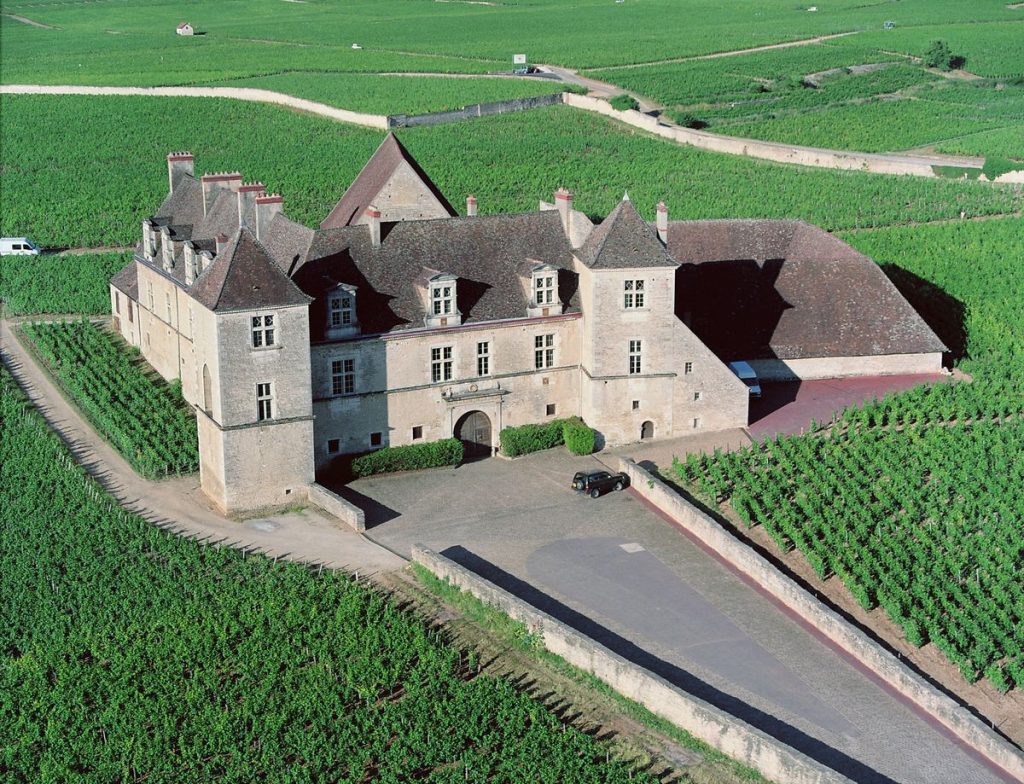
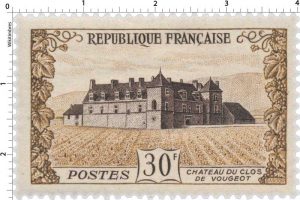
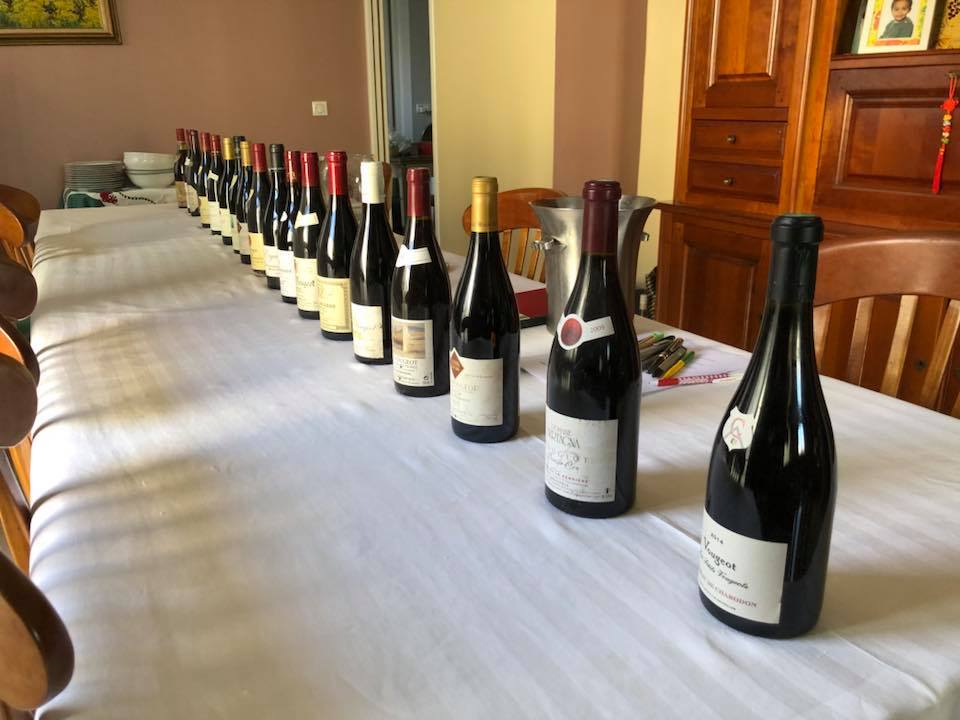
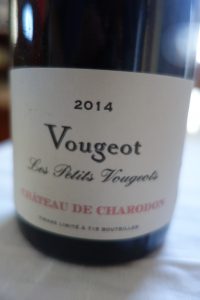
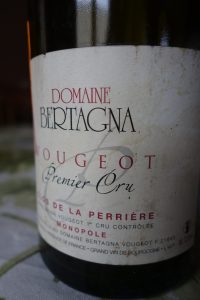
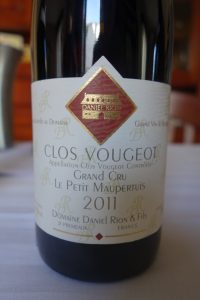
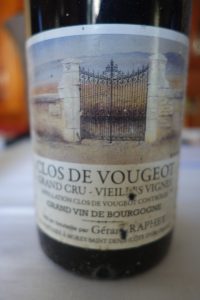
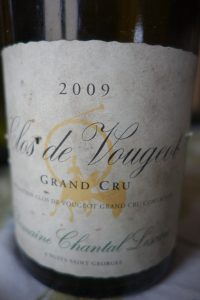
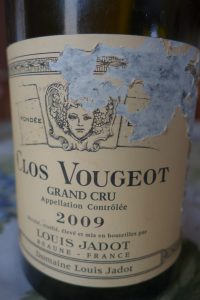
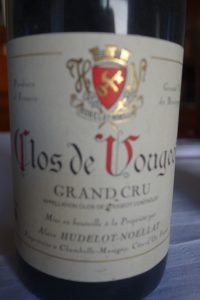
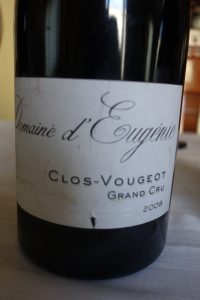
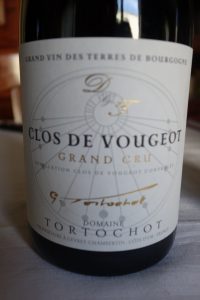
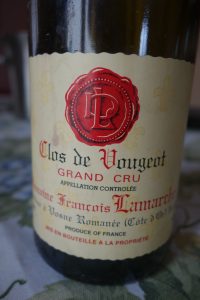
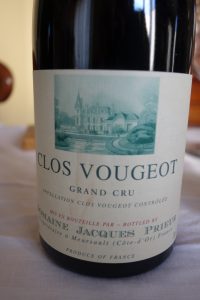
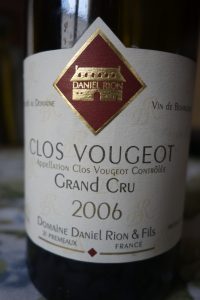
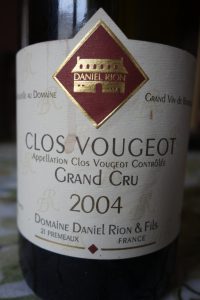
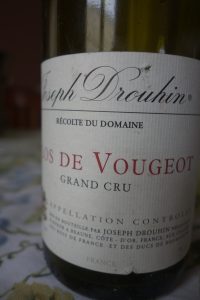
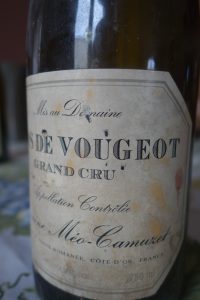
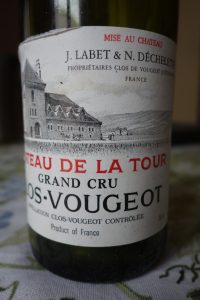
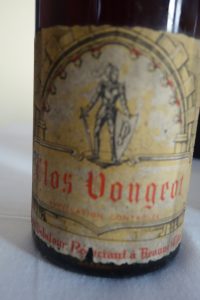
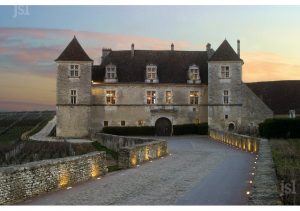






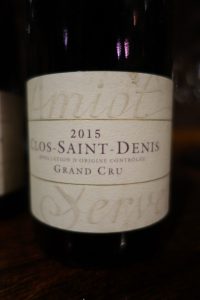
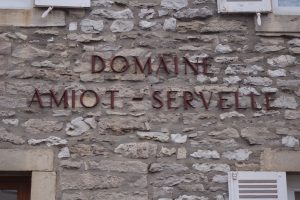
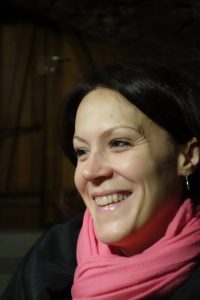







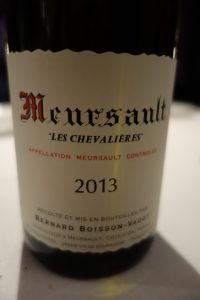
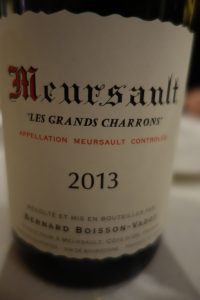
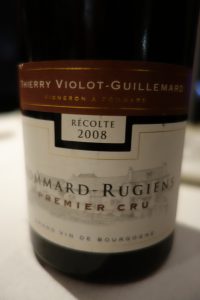





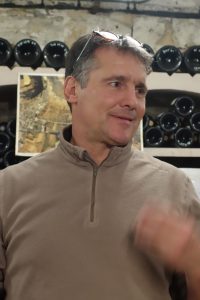
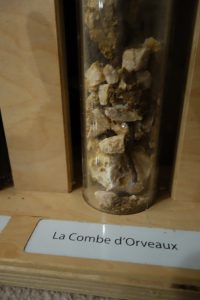
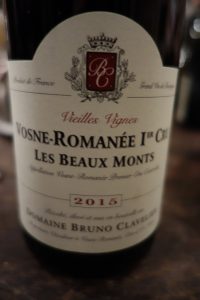
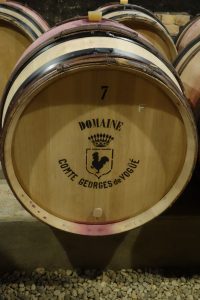
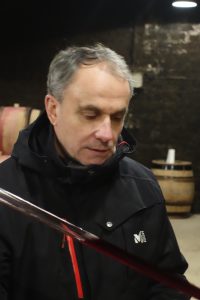
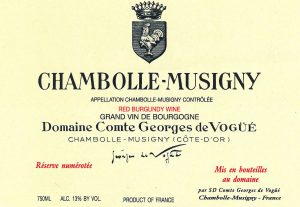











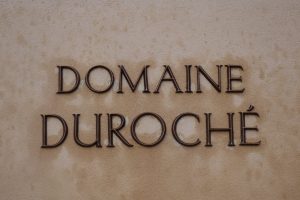

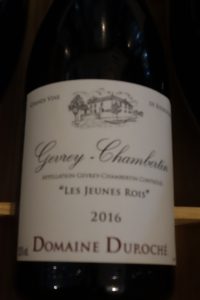




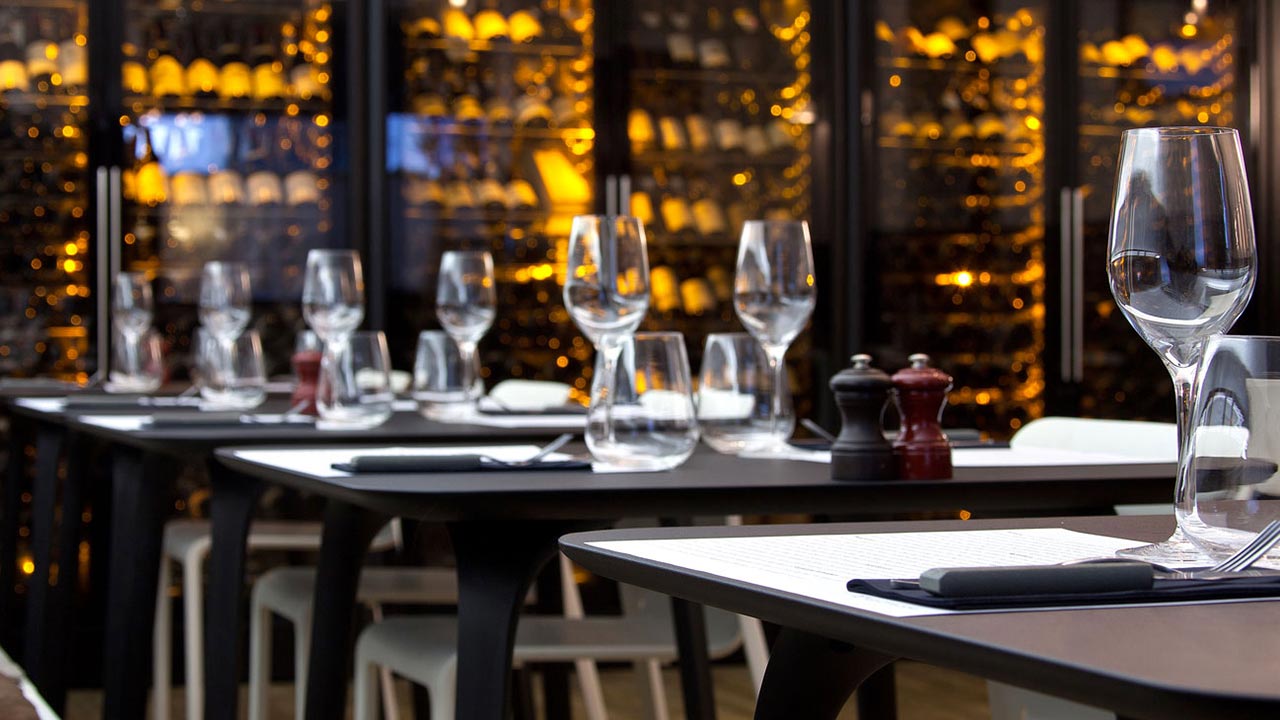
![rene-et-vincent-dauvissat-camus-la-forest-chablis-premier-cru-france-10464450[1]](http://www.bordeauxwineblog.com/wp-content/uploads/2015/09/rene-et-vincent-dauvissat-camus-la-forest-chablis-premier-cru-france-104644501.jpg)
